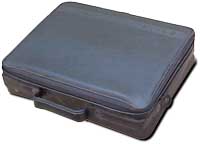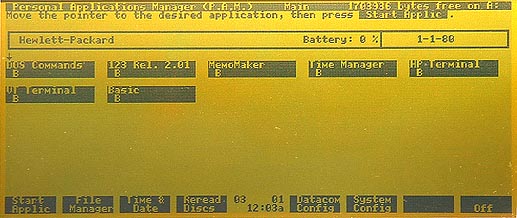|
|---|
History of Hewlett-Packard Computers |
- 1972: Hewlett-Packard pioneers the era of personal computing with the first scientific
hand-held calculator, the HP-35, which makes the engineer's slide rule obsolete.
- 1973: Stephen Wozniak joins HP.
- 1976: Steve Wozniak proposes that HP create a personal computer. He is rejected.
- 1976: October - Steve Wozniak remains at HP, but is soon convinced that he should leave and join Apple Computer.
- 1976: HP begins Project Capricorn, to build a computer-like calculator.
- 1980: January - HP completes work on the Capricorn project, producing the HP-85.
With a 32-character wide CRT display, small built-in printer, cassette tape recorder, and keyboard, it sold for US$3250.
- 1980: February - HP announces that it will switch to Japanese makers of 16K RAM chips. HP had examined chips from
Japan and the US, and found that chips from the best American firm had six times the failure rate of the worst Japanese producer.
- 1982: HP introduces the HP-75C portable computer. Price is US$995.
- 1983: June - HP introduces the HP-7475A 6-pen plotter, for US$1895.
- 1983: October - HP unveils the HP-150 microcomputer.
- 1984: May - HP introduces the HP-110 laptop computer.
- 1984: HP introduces the LaserJet laser printer, featuring 300dpi resolution, for US$3,600.
- 1987: HP releases the HP PaintJet color inkjet printer.
- 1989: May - HP buys workstation maker Apollo Computer for US$476 million.
Source:
Chronology of Events in the History of Microcomputers
| |
|---|
|

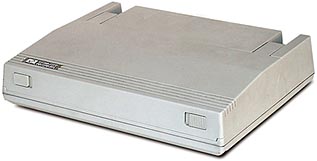


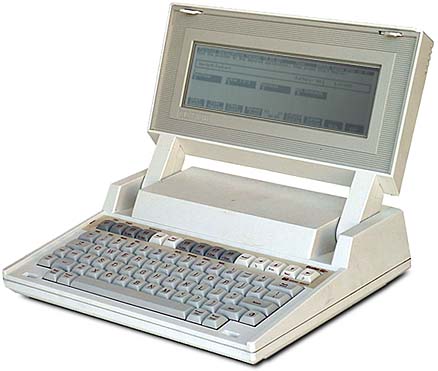 The HP 110 computer, also known as the HP Portable, is a portable MS-DOS computer produced by
Hewlett-Packard.
Probably the finest portable computer of its day, it has four-times the screen display as the popular
but older TRS-80 model 100, and is screaming-fast at over 5 MHz.
The HP 110 computer, also known as the HP Portable, is a portable MS-DOS computer produced by
Hewlett-Packard.
Probably the finest portable computer of its day, it has four-times the screen display as the popular
but older TRS-80 model 100, and is screaming-fast at over 5 MHz.

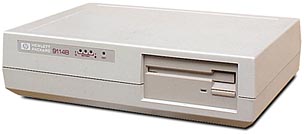 The HP-IL interface is a two-wire, serial interface that can support up to 30 devices at once.
Compatible devices include printers, the HP digital cassette drive, the HP-9114B battery-powered
floppy drive (seen here on the right), and various test equipment.
The HP-IL interface is a two-wire, serial interface that can support up to 30 devices at once.
Compatible devices include printers, the HP digital cassette drive, the HP-9114B battery-powered
floppy drive (seen here on the right), and various test equipment.

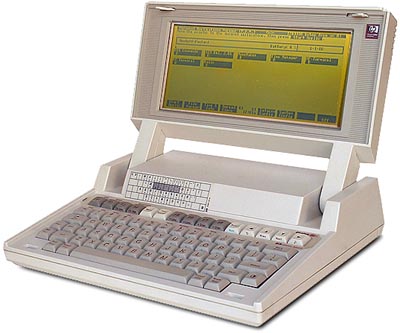 In 1985, shortly after the HP 110 was released, HP came-out with the HP 110 Plus, or HP Portable Plus
(model 45711A), priced at $2295, $700 cheaper than the 110.
In 1985, shortly after the HP 110 was released, HP came-out with the HP 110 Plus, or HP Portable Plus
(model 45711A), priced at $2295, $700 cheaper than the 110.
